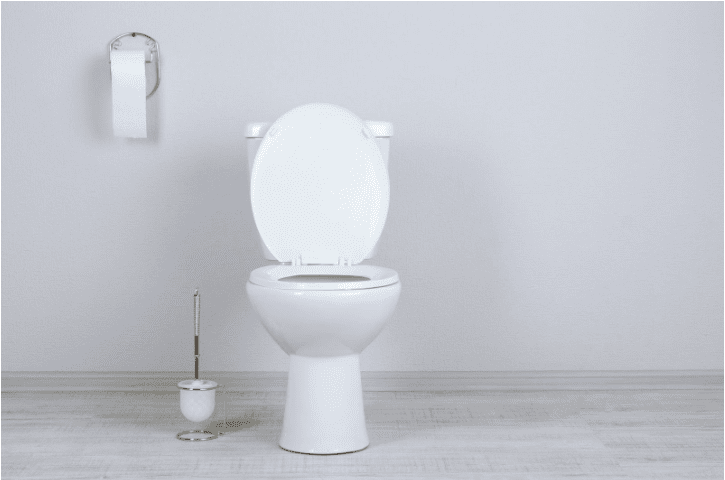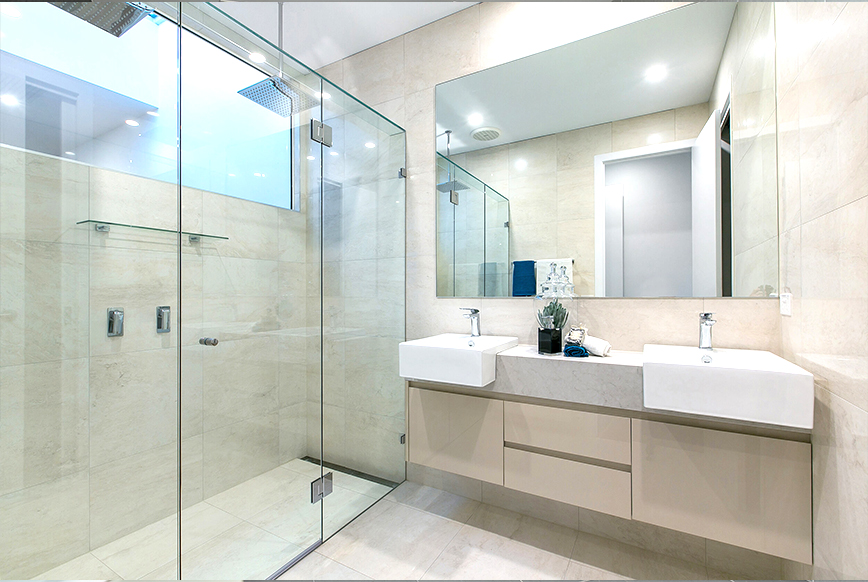Bathroom persistent dampness is a common issue that many homeowners face. This problem not only affects the aesthetic appeal of your bathroom but can also lead to significant structural damage if not addressed promptly. Understanding the causes and solutions for this issue is crucial for maintaining a healthy and safe home environment.

What Causes Persistent Dampness in Bathrooms?
There are several factors that contribute to persistent dampness in bathrooms. One of the most common causes is poor ventilation. Bathrooms are often enclosed spaces where moisture can accumulate easily. Without proper ventilation, this moisture has no way to escape, leading to dampness.
Inadequate Ventilation
Inadequate ventilation is a primary cause of bathroom persistent dampness. When moisture from showers and baths cannot escape, it settles on surfaces, leading to dampness and mold growth. Installing an exhaust fan or ensuring that windows are open during and after showers can help mitigate this issue.
Leaky Fixtures
Leaky pipes and fixtures are another common cause of persistent dampness in bathrooms. Even a small leak can lead to significant moisture accumulation over time. Regularly check for leaks and repair them promptly to prevent further damage. For more information on signs of leaks, visit leak signs in ceiling.
Poor Sealing and Grouting
Poor sealing around bathtubs, sinks, and showers can allow water to seep into walls and floors, causing persistent dampness. Ensuring all seams are properly sealed can prevent this issue. Learn more about the importance of sealing by visiting tile sealant.
Effects of Bathroom Persistent Dampness
The effects of bathroom persistent dampness can be far-reaching. Not only does it pose health risks due to mold growth, but it can also cause structural damage to your home. Additionally, persistent dampness can lead to unpleasant odors and a generally uncomfortable living environment.
Mold and Mildew Growth
Mold and mildew thrive in damp environments, making bathrooms with persistent dampness a perfect breeding ground. Mold not only damages surfaces but also poses serious health risks, particularly for individuals with respiratory issues.
Structural Damage
Over time, persistent dampness can weaken the structural integrity of your home. Water can seep into walls and floors, leading to rot and deterioration. This can result in costly repairs if not addressed quickly. For more on this topic, consider reading about wood rot leak.
Solutions for Persistent Dampness
Addressing bathroom persistent dampness involves a combination of prevention and repair strategies. The first step is to identify the source of the dampness and address it directly.
Improving Ventilation
Improving ventilation is a key step in reducing dampness. Installing an exhaust fan or using a dehumidifier can significantly reduce moisture levels in the bathroom.
Repairing Leaks
Regularly inspect your bathroom for leaks and repair them promptly. This will help prevent moisture accumulation and reduce the risk of dampness. For more detailed guidance, you can check this comprehensive guide on detecting leaks.
Sealing and Grouting
Ensure that all seams in the bathroom are properly sealed. This includes areas around the bathtub, sink, and shower. Proper sealing can prevent water from seeping into walls and floors.
Maintaining a Dry Bathroom
Keeping your bathroom dry is essential for preventing persistent dampness. Wipe down surfaces after use, and ensure that towels and mats are dry. These simple actions can make a significant difference in reducing moisture levels.
Regular Cleaning
Regular cleaning can help prevent the buildup of mold and mildew. Use mold-resistant cleaning products and ensure that all surfaces are thoroughly cleaned and dried.
Using Dehumidifiers
Dehumidifiers can be an effective tool in reducing moisture levels in the bathroom. These devices work by extracting excess moisture from the air, helping to maintain a dry environment.
Conclusion
Addressing bathroom persistent dampness is crucial for maintaining a healthy and safe home. By understanding the causes and implementing effective solutions, you can prevent this common issue from causing significant damage. Regular maintenance and proactive measures are key to keeping your bathroom dry and comfortable.

FAQs
What are the signs of persistent dampness in a bathroom?
Signs include peeling paint, musty odors, visible mold, and water stains on walls or ceilings.
How can I improve ventilation in my bathroom?
Installing an exhaust fan, opening windows, or using a dehumidifier can improve ventilation.
Is mold in the bathroom dangerous?
Yes, mold can cause health issues, particularly for individuals with respiratory problems. It’s important to address mold promptly.
This article contains affiliate links. We may earn a commission at no extra cost to you.



